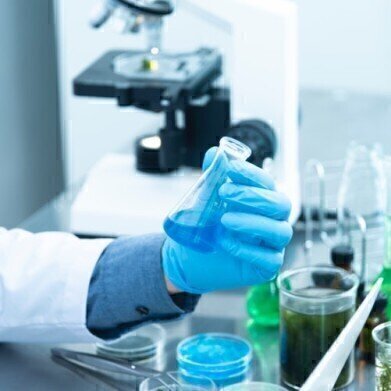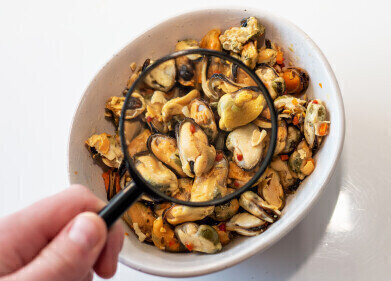GC-MS
Can an Arabian Leaf Extract Heal Wounds? - Chromatography Explores
Nov 17 2019
Plants are an amazing resource with many different uses - besides being the source of oxygen that allows life on earth they are also a major food source, an energy source and a general resource for clothes, buildings and furniture. Plants also support life on earth in many other ways providing habitats and food for most of the other animals that inhabit the planet.
Plants are also an important medical resource that have been used since prehistoric times to cure illnesses and fix wounds. With the advent of chemical analysis in the 19th century plants became a source of many of the drugs and pharmaceuticals we take for granted today. And the discoveries still keep happening. A recent paper published online by the Institute of Physics describes the medical efficacy of a plant from the Arabian Gulf which could help to heal wounds.
Healing power of plants
A basic description of a medicinal plant is a plant that is used to maintain health. They are used in both traditional and modern medicine with the Royal Botanic Gardens in Kew, London estimating that there are over 17,000 plant species that have a medicinal use. It is estimated that around 25% of drugs currently prescribed have plant origins. Whilst the World Health Organization estimates that 80% of the World’s population depend on plants for traditional medicines.
The compounds that we take advantage of when we use plants for medicine are usually produced by the plant to give them an advantage - they are produced as a result of natural selection. The term used for these compounds is phytochemical - which simply refers to a compound derived from a plant that has some therapeutic or nutritional properties. Phytochemicals can be used for drugs after they have been tested approved by regulatory bodies - but in traditional medicines they may well have been used for thousands of years.
Helping wounds heal quicker
One use of plants in medicine is to help wounds heal quicker. For millennia, plant leaves have been applied to cuts to help the skin heal and to fight bacterial infection. The paper referenced above reports on a trial carried on using a species native to the Arabian Gulf known as Bienertia sinuspersici. The plant has a long tradition of being used to heal wounds and so the researchers investigated its properties with scientific rigour and analysed to compounds in the leaves that could be affecting wound healing.
To identify the active substances in the leaves the team used gas chromatography-mass spectromentry (GC-MS). GC-MS is a powerful analytical technique as discussed in the article, Workflow solution for antidoping analysis including steroids in urine with GC-QqQ and GC-HRAM. The researchers identified several phytochemicals of interest and found that a cream they produced from the plant’s leaves aided wound healing.
Another example of the power of nature.
Digital Edition
Chromatography Today - Buyers' Guide 2022
October 2023
In This Edition Modern & Practical Applications - Accelerating ADC Development with Mass Spectrometry - Implementing High-Resolution Ion Mobility into Peptide Mapping Workflows Chromatogr...
View all digital editions
Events
Apr 28 2024 Montreal, Quebec, Canada
May 05 2024 Seville, Spain
May 15 2024 Birmingham, UK
May 19 2024 Brno, Czech Republic
May 21 2024 Lagos, Nigeria














